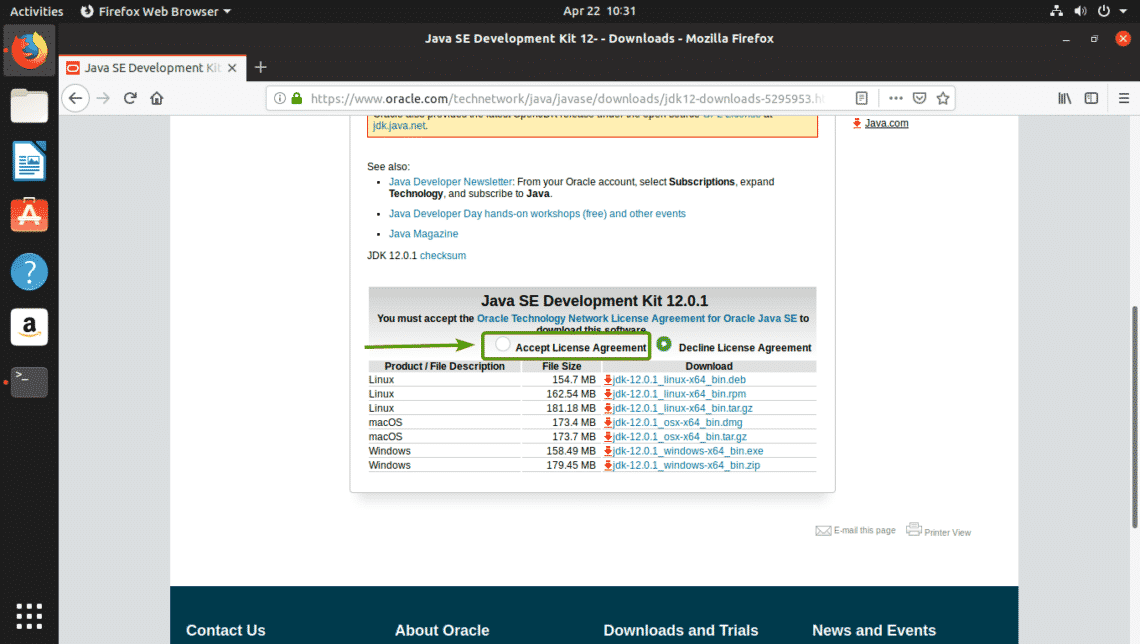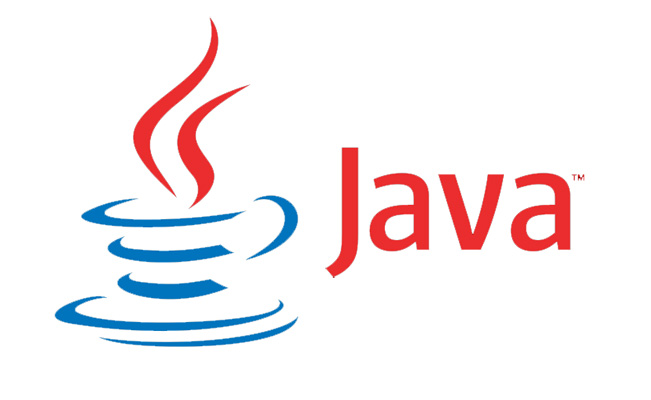
- COMPILING JAVA WITH JDK 12 HOW TO
- COMPILING JAVA WITH JDK 12 INSTALL
- COMPILING JAVA WITH JDK 12 UPDATE
- COMPILING JAVA WITH JDK 12 LICENSE
- COMPILING JAVA WITH JDK 12 DOWNLOAD
If you have multiple versions of Java installed, simply use the commands below to set which one should be the default for your system.
COMPILING JAVA WITH JDK 12 INSTALL
For those, they can install the previous Java LTS which was version 8. Some applications still don’t fully support the latest OpenJDK 17. Sudo apt install openjdk- 17-jdk-headless
COMPILING JAVA WITH JDK 12 UPDATE
If you only want to run the bare minimal of Java Runtime, then run the commands below: sudo apt update If you also want to install Java JRE, part of the OpenJava suite, then simply run the commands below: sudo apt update OpenJDK 64-Bit Server VM (build 17+35-Ubuntu-120.04, mixed mode, sharing) OpenJDK Runtime Environment (build 17+35-Ubuntu-120.04) That should display similar lines as show below: openjdk version "17" Once OpenJDK is installed, you can verify and validate that Java is installed, by running the command below: If there’s a newer version available from the link above, then install it instead. To install OpenJDK 17 on Ubuntu, run the commands below. At the time of this writing, OpenJDK 17 is the latest stable version that can be installed on Ubuntu. It’s highly compatible with Ubuntu and if you don’t know which version of Java to install, the open source version should use selected. OpenJDK is the open source version of Java. If you instead want to install Oracle Java, then use the second method below. When you’re ready to install both Java software, use either methods below: If you prefer to go with the open source version, then install OpenJDK. JDK includes JRE and development/debugging tools and libraries necessary to build Java applications. JRE consists of the Java virtual machine (JVM), classes, and binaries that allow you to run Java programs. In case you need to remove any of the Java packages installed, use the yum remove command.įor example, to remove Open JDK 8 use the following command: sudo yum remove java-1.8.OpenJDK consists of Java Runtime Environment (JRE) and Java Development Kit (JDK).

COMPILING JAVA WITH JDK 12 HOW TO
At the bottom of the file, add a line which specifies the location of JAVA_HOME in the following manner: JAVA_HOME=”/your/installation/path/”įor example, if we copy the installation path for Java 11 in the previous step, the added line in the text editor will be: /usr/lib/jvm/java-11-openjdk-11.0.3.7-0.el7_6.x86_64/bin/java How to Uninstall Java on CentOS Once you see all the paths, copy the one of your preferred Java version.ģ. In the output, you can find the path for each Java package installed on the system. The output displays the downloaded and installed JDK, as in the image below: Then, install the Java Development Kit with the following command: sudo yum install java-11-openjdk-devel
COMPILING JAVA WITH JDK 12 DOWNLOAD
Update the package repository to ensure you download the latest software: sudo yum updateĢ.

The current default, Long-Term-Support (LTS) version is Java 11. You can also decide which version you want on your system by installing a specific version number. You can install one or several Java packages on your machine.
COMPILING JAVA WITH JDK 12 LICENSE
However, bear in mind its license only allows non-commercial use of the software. You can find the official Oracle JDK through a third-party repository or on the official Oracle webpage. You use JRE for running Java-based applications, while JDK is for developing and programming with Java.Īlso available is Java Oracle, another SE implementation, which has additional commercial features. There are two (2), open-source Java packages, Java Development Kit (Open JDK) and Java Runtime Environment (Open JRE). In this document, we look at different packages within the Java SE.

For a dedicated Fedora guide, please refer to How To Install Java On Fedora.Īnd for other systems, check our tutorial on how to install Java on Windows. Note: These installation instructions apply for CentOS7 as well as versions 6 and 6.5, RHEL, and recent Fedora releases.


 0 kommentar(er)
0 kommentar(er)
